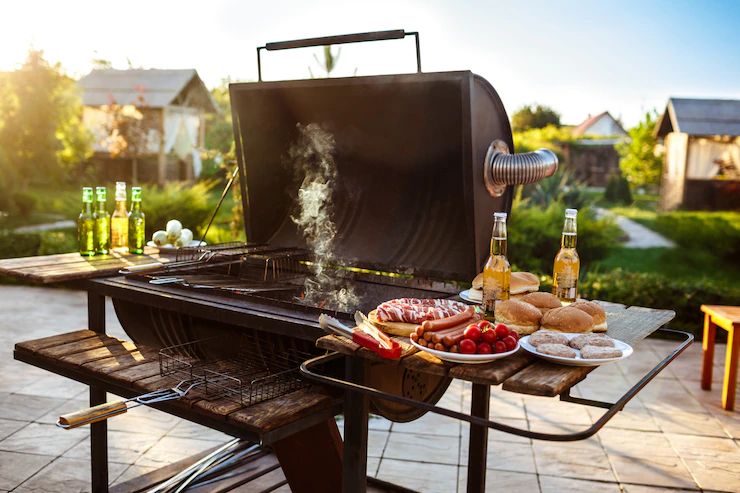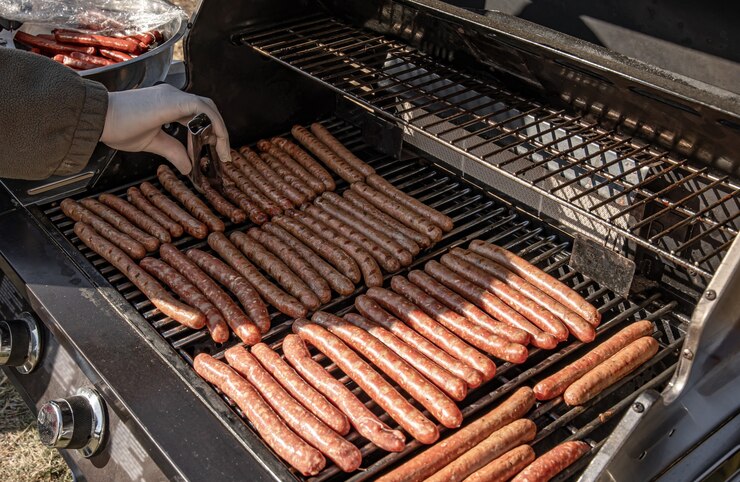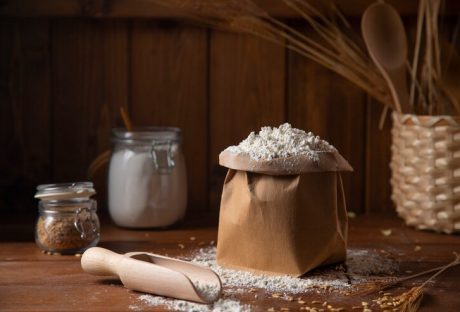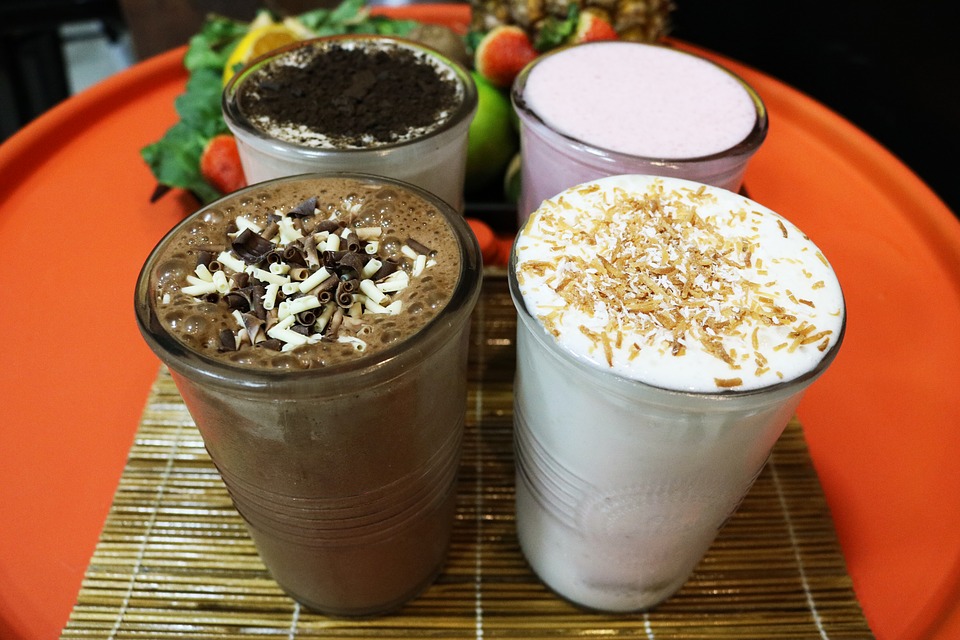A grill is the centerpiece of any outdoor kitchen, so choosing the right one is not a decision to be taken lightly.
Grill buying is more complicated than some people might assume, with multiple fuel sources, sizes, and features to choose from.
This article will simplify the process to make it a little easier.
Portable or Stationary?
The first thing to consider when choosing the best outdoor grill is whether it should be stationary or portable.
As a general rule, portable grills are better for yards that have no other outdoor kitchen infrastructure, while stationary grills are preferred by most outdoor kitchen designers. However, there is no hard and fast rule here, and homeowners need to consider the intended uses of the equipment.
Fuel Source
Arguably the most important factor to consider is the fuel source. It used to be the case that just about all grills burned charcoal, and many homeowners still prefer this traditional grilling method. However, there are now gas and electric models to consider. Here’s what to know about each option.
Charcoal Grills
Charcoal grills are inexpensive, easy to fuel up, and perfect for those who love that classic grilling taste. It’s easy to find charcoal briquettes, and they burn for a long time. It can be difficult to light charcoal grills, though, and they tend to take a while to build the necessary heat. They also need to be monitored carefully and cleaned after each use.

Gas Grills
Gas grills are quick to heat up and offer greater control over the grilling temperatures. They can also be used to cook different foods at once, which makes gas grills a versatile option. The primary downside is that gas grills are more expensive both in terms of initial investment price and repairs. Some people also miss that char-grilled, classic BBQ flavor, but there are ways to compensate.
Electric Grills
Electric grills feature maximum versatility. They’re usually portable, and unlike gas or charcoal grills, they can be used indoors. Homeowners sometimes find that electric grills are more difficult to cook on outside, which can be a big drawback for those who are looking for the perfect grill for an outdoor kitchen.

Grill Sizes
Most portable grills come in standard sizes, although there are exceptions to the rule. Built-in grills found in outdoor kitchens tend to come in a greater range of sizes because there’s no need to worry about ease of maneuverability. For those who prefer to work with more precise recommendations, look for grills that are at least:
- 216 sq in for up to three people
- 288 sq in for four people
- 360 sq in for five people
- 432 sq in for six people
It’s usually better to err on the side of caution and buy a grill that’s a little too big than it is to risk getting one that’s too small. Crowding too much food onto a grill can have a pretty dramatic negative impact, no matter what kind of fuel it features.

The Importance of Quality
When it comes time to look at individual grill models, the most important thing to remember is that homeowners will get what they pay for, at least in broad terms. Going for the cheapest grill available is usually unwise. Prioritize quality and look for grills made by known brands that have reputations for quality.
Additionals:






















